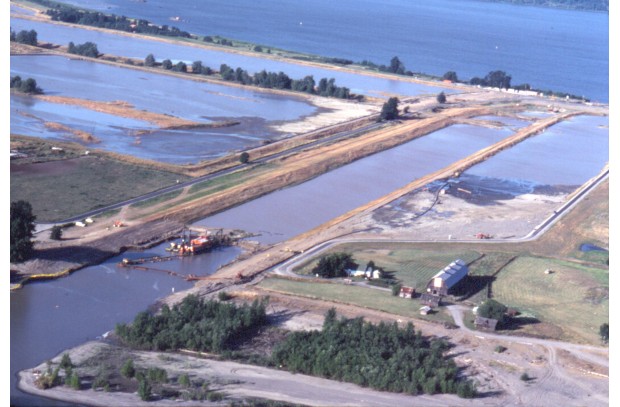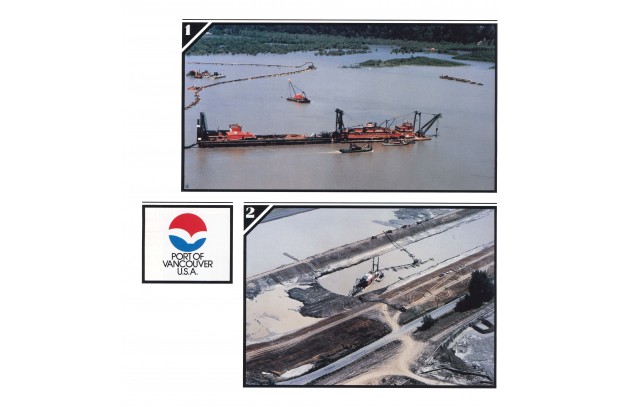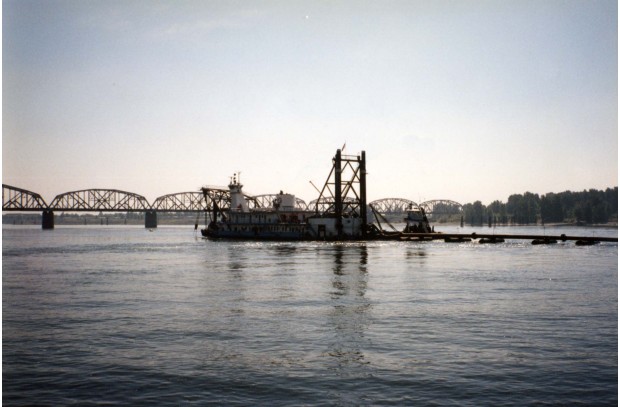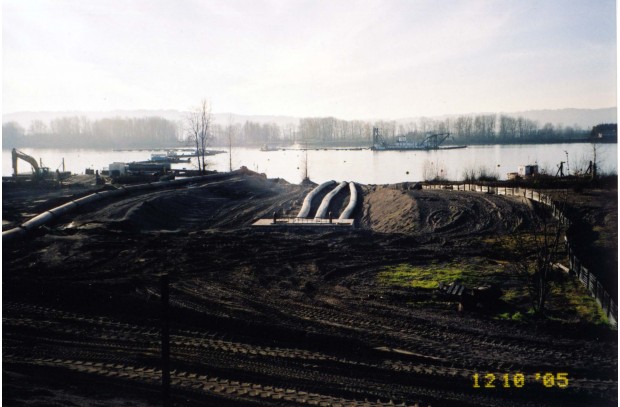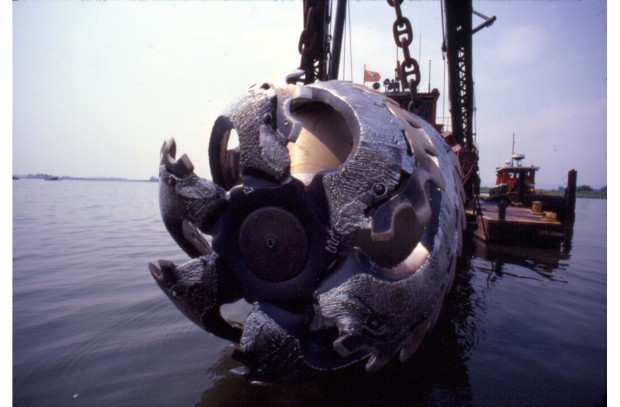Port Memory: Clearing the Way
This week we are excited to bring you yet another port memory from our extended port family, this time from an engineer who aided with numerous dredging projects along the Columbia River from 1960 to 1995. Here, in his own words, is Bob Lofgren’s memory:
Bob Lofgren worked for Riedel International and traveled to many parts of the world to pursue dredging opportunities. His home, however, has and always will be, the Pacific Northwest.
Born in Astoria, Oregon in 1934, he has lived in Vancouver for the past 35 years.
“Dredging played a big part in the formation of the Port of Vancouver,” Lofgren said. “The [U.S. Army] Corps of Engineers had very practical people that made it fun to undertake projects.”
Lofgren said that during the early 1900s, the U.S. Army Corps of Engineers and the Port of Portland controlled most of the maintenance of the Columbia River. The organizations even used dredging material to lay the foundation for much of what the buildings in Longview stand on today.
“During the late sixties, Riedel deepened the river by 30 feet using hydraulic suction. We dredged Vancouver Lake and the Flushing Channel then built the beach, Vancouver Lake Park and Frenchman’s Bar Park from the material,” Lofgren said. “That was a big job, but it was fun.”
Lofgren said that channel deepening projects were often difficult and full of setbacks, but “The Port of Vancouver has done a good job with the projects they’ve been involved with.”
« See all stories
